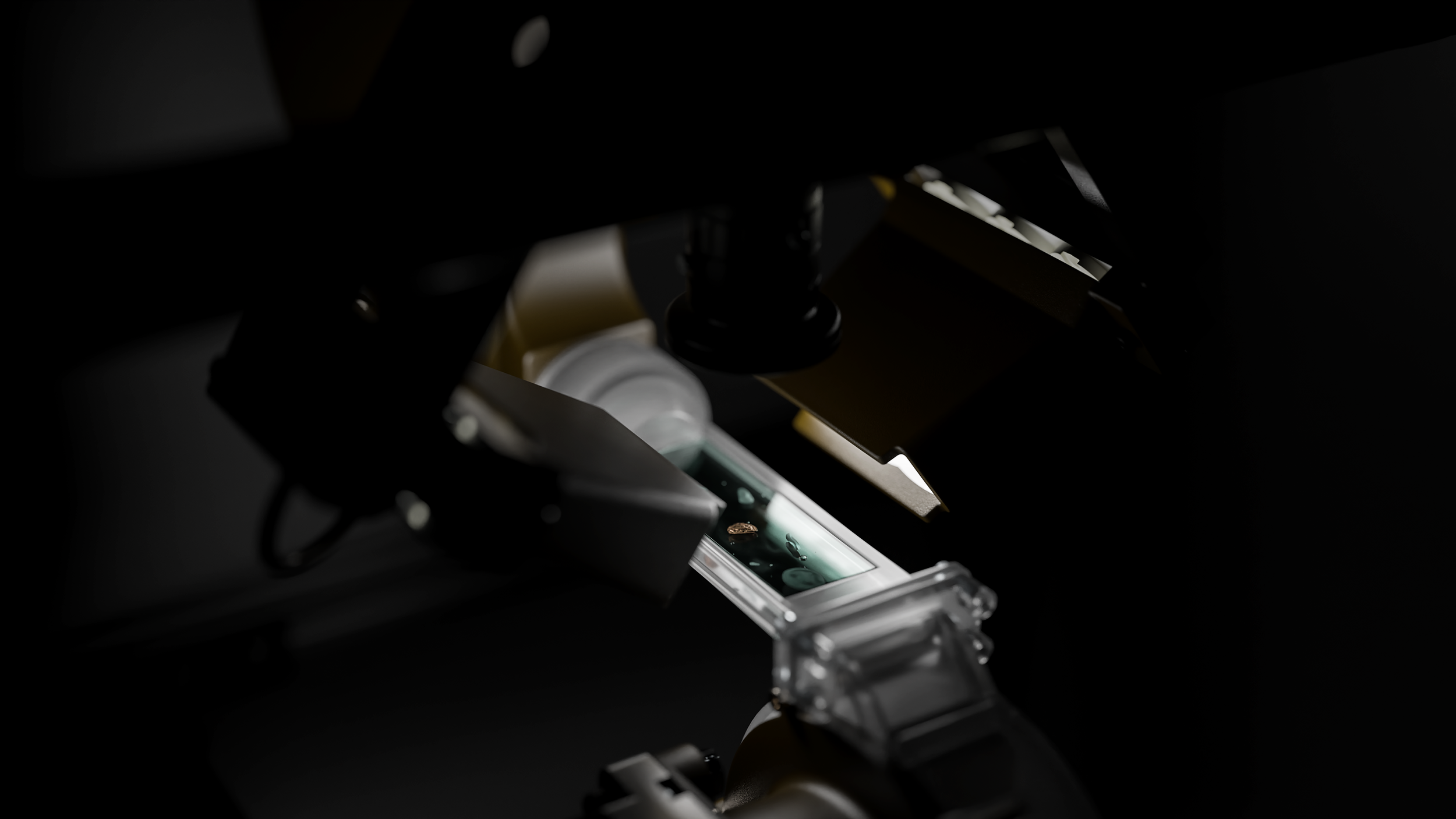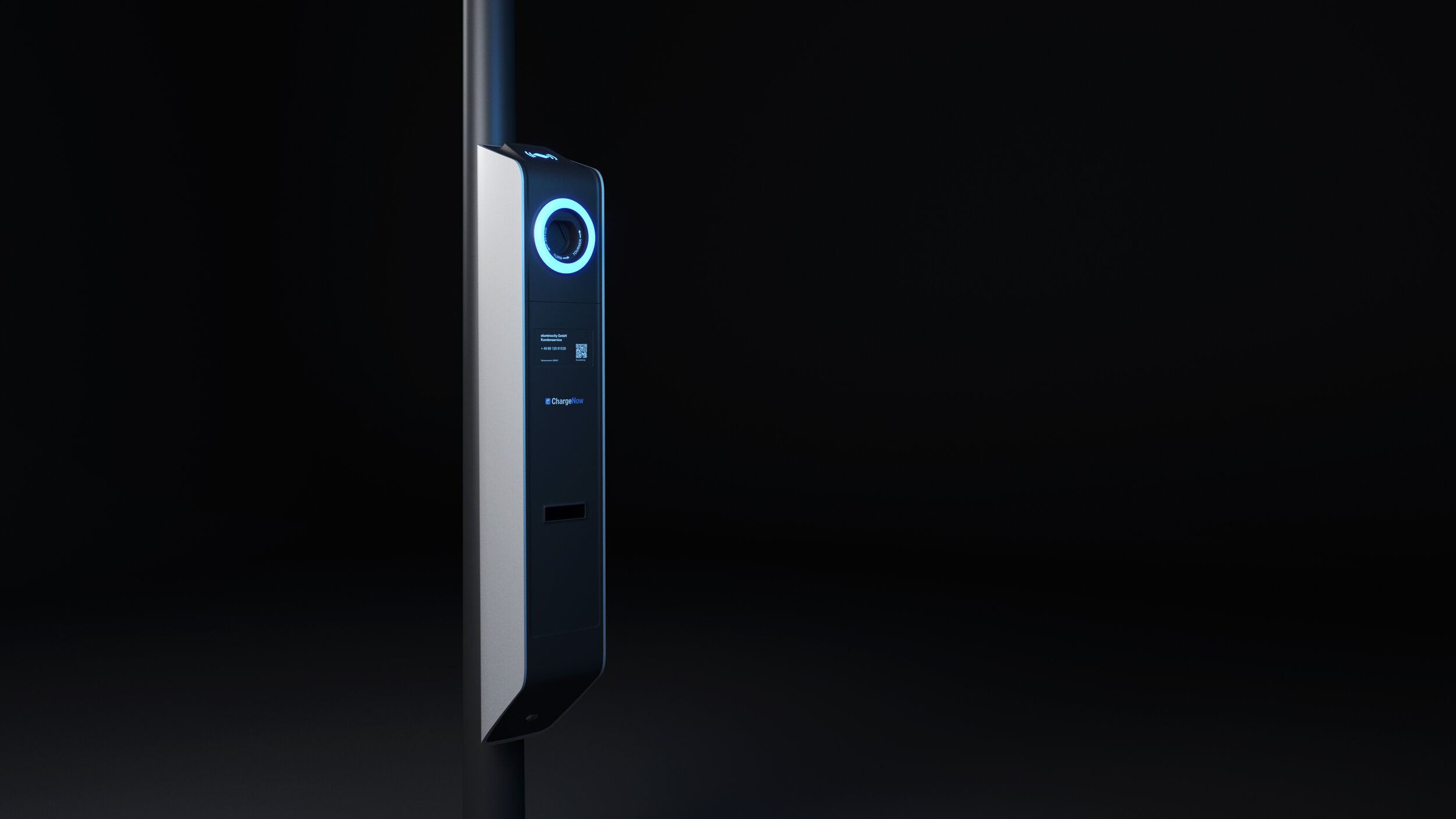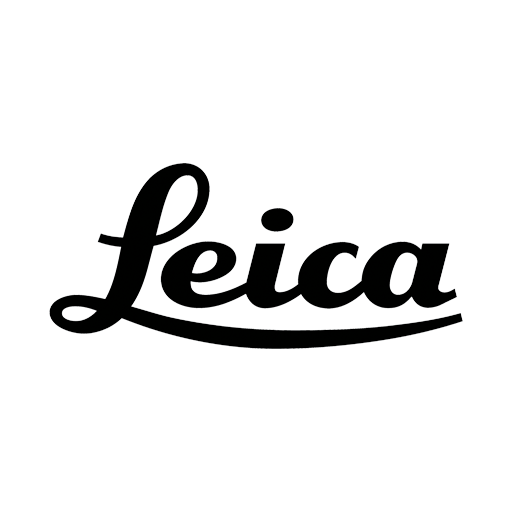My name is Johan Schwind. I develop physical and connected products.
My work is driven by curiosity and a passion for inventing and learning. Here is some of it.
ChargeBot helps landscaping businesses to go electric.
Small, two-stroke engines are widely used across America’s $100Bn landscaping industries. Equipment manufacturers are offering battery-powered alternatives but charging them in the field is still a challenge for landscapers. ChargeBot provides mobile power, combining battery storage, solar power generation, and smart power management in a single product. ChargeBot is always cloud connected and offers a number of quality-of-life features, including GPS tracking. I co-founded Sust and lead the development of this product from idea to market.
PhucLabs develops vision-based technology to filter hard-to-separate waste streams for applications such as e-waste recycling—reducing energy use and boosting the share of valuable materials that can be reclaimed and reused.
I worked closely with their hardware and software team to develop a high-performance image-acquisition and processing pipeline. The solution was recently featured in the Wall Street Journal. Collaborators: Dr. Rick Fontana, Dean DiPietro, Matt Schwab
Cerus is a mobile robotic platform built with NVIDIA’s Jetson Nano and ROS.
Embedded GPUs, depth cameras, and LIDAR sensors have become incredibly affordable building blocks for everyday robotics applications in recent years. Cerus is a generic mobile robot platform that combines these elements in a well-documented (and extensible) package. It is inspired by NVIDIA’s Jetbot but adds useful features such as a full microcontroller, wheel encoders and a ROS integration.
BMW Light & Charge pairs efficient LED lighting with EV charging on a minimal footprint. For four years, I led the design, development and deployment of Light & Charge at BMW in Munich.
Together with a team of engineers I developed Light & Charge, an EV charging solution dedicated specifically to cities. BMW’s decades of experience in developing high-end headlights went into an LED street light with carefully designed reflectors to maximize efficiency while improving the quality of light and reducing glare. Starting from a user perspective, a simple-to-use, small footprint EV charger was developed that mounts directly to the light post, saving precious space on crammed inner city sidewalks.
Over the years, I’ve had the opportunity to work and consult for leading brands.
Resonant Link develops wireless charging systems that defy the barriers of conventional wireless technologies. I helped the startup develop a range of design concepts and a visual language that helped propel their solutions to a recent $9.3M funding round.
Efficient wireless charging will be key to the electrification of many applications. I worked closely with Resonant Link to package their multi-layer self-resonant structures in industry-specific design concepts, including charging systems for medical devices, light EVs and industrial mobile robots for warehousing applications.
“Varuna would not be where we are without Johan's support. Using his build-test-learn process, we cycled through three versions of the Varuna hardware product within a few months and got closer to nailing the customer need much faster than we'd have done by ourselves.”
— Seyi Fabode, CEO & Co-Founder Varuna
Near Space Labs builds stratospheric camera systems to provide earth imagery at a fractional cost of satellites. I helped their team to design and build their first prototypes—from early ideas to successful test flights.
Near Space Labs needed a housing so lightweight that the overall system would comply with FAA regulations while providing structural strength, shock absorption and thermal insulation to the camera system and other vital components. I developed a process of CNC machining and folding extruded polystyrene sheet to produce a low-weight, high-strength solution for the enclosure, enabling flight tests and iterative improvements to the overall design while keeping cost low.
Collaborators: Dean DiPietro, Ignasi Lluch, Albert Caubet
Oonee brings secure bike parking to cities in an effort to boost cycling, public health, and more climate-friendly transportation. To manage large fleets of bike pods, I built an AWS and LTE based IoT solution for the company.
Using a range of off-the-shelf industrial automation components paired with customized firmware, I created a power-efficient hardware system that can communicate its status to AWS and receive commands for unlocking doors and more. This MVP served as the basis for Oonee’s highly scalable approach to bringing bike parking to many parts of New York City.
Collaborators: James Steele
My process is driven by meticulous documentation that enables rapid progress when working within distributed teams.
-

Document First
Collecting product hypothesis and requirements and defining useful tests early on serves as the basis for design and development sprints.
-

Build and Test
Prototyping new solutions using hardware, electronics and code is at the core of what I do. Solutions are tested at every stage to ensure they perform as intended.
-

Deploy and Iterate
I help companies deploy a solution as quickly as possible—so that iterations and improvements can be made based on real-world insights.
1 in 10 people in India are without access to clean drinking water. Sarvajal set out to solve this crisis by bringing water distribution to urban areas in an affordable and scalable way.
Over many trips to India and weeks of working on the ground I helped Sarvajal to develop their first urban water dispenser. Relying on simple materials and local manufacturing, I designed a modular system comprised of concrete rings and brake-formed sheet metal. Complete with a solar panel, large water reservoir and GSM connection, the dispenser provides pure drinking water at 1 Rs per liter ($0.013 US) and costs under $500 to set up. To date, hundreds of these dispensers have been deployed across northern India, serving tens of thousands of people every day.
Varuna’s mission is to ensure clean and safe drinking water for all. I worked with their team to develop the foundation for their modular IOT platform that remotely and autonomously collects data from public water networks, as well as from existing utility systems. The system was recently featured on Google.
I built a low-cost, modular LTE-based system that effortlessly connects existing sensors and machines in the field to the cloud. Accepting data from various sources, the system performs automated data conversion into human-readable form. Fitted with a solar panel and battery storage, the rugged system can operate autonomously in almost any environment.















